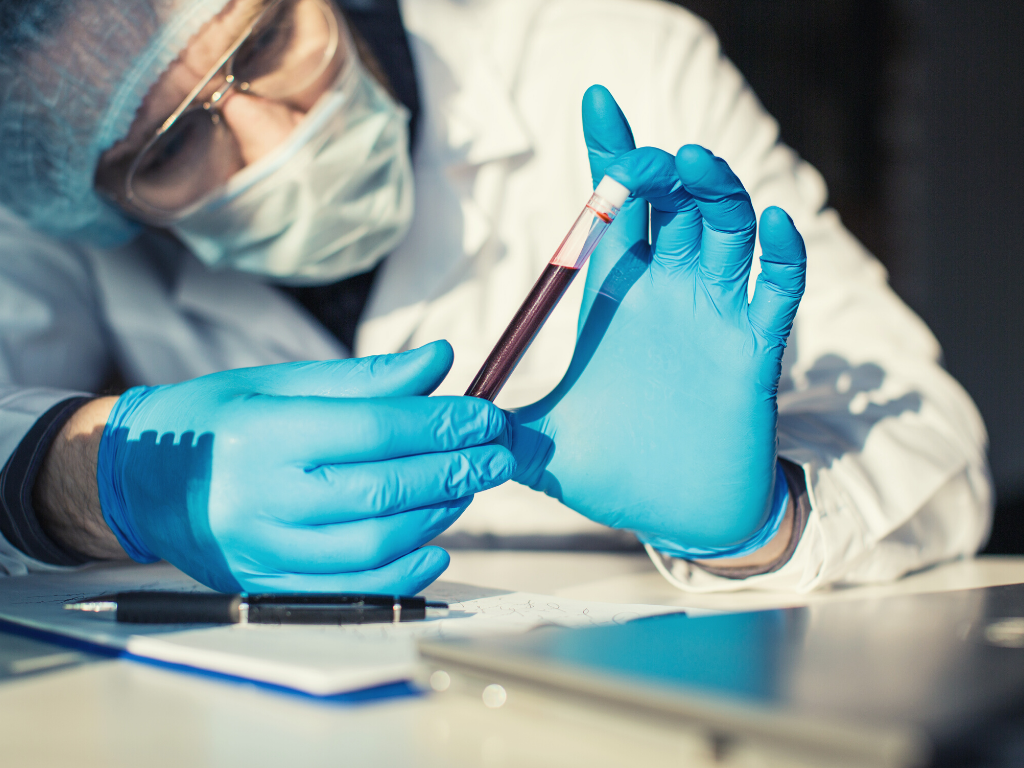Despite 150 years of research, major roadblocks keep scientific ‘Holy Grail’ out of reach.
Scientists refer to artificial blood as the “Holy Grail” of trauma medicine. They have been trying to develop it for 150 years, and the history of that research is littered with failures.
That’s why you hear us say “there is no substitute for blood” at the South Texas Blood & Tissue Center. Right now, there isn’t one.
Narrowing the functions
Blood performs a wide range of functions in your body. That complexity makes it difficult to replicate in the laboratory, which is why efforts have focused on single functions like the delivery of oxygen and removal of carbon dioxide from cells.
In 2009, three researchers published an article, “A Review of Blood Substitutes: Examining The History, Clinical Trial Results, and Ethics of Hemoglobin-Based Oxygen Carriers,” that looked at the history of the issue.
The problem: The compound that carries oxygen and removes carbon dioxide is hemoglobin, which is carried within red blood cells.
By itself, hemoglobin can raise iron to toxic levels within the body and lead to organ damage, strokes and heart attacks. Multiple studies have not moved beyond the first stage of clinical trials because of the dangers.
Artificial blood has been seen as a solution to some of the issues related to transfusions, in both emergencies and as a long-term therapy. But the major issues remain to be overcome, as noted in an article from Stat News in 2017.
“The quest to develop substitute blood has bedeviled researchers in academia, the military, and the biopharma industry, with several companies abandoning their attempts,” he article said.
“The quest for the Holy Grail of blood substitutes remains unfulfilled,” the authors of “A Review of Blood Substitutes,” wrote. “However, if such a product can be developed, it will dramatically change both surgical and critical care medicine.”
Until then, consider scheduling a blood donation. Visit SouthTexasBlood.org.

